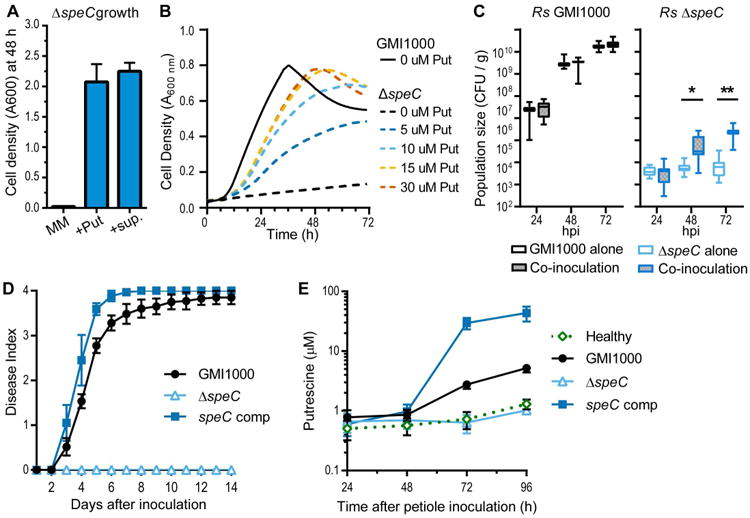Figure 4. R. solanacearum requires the SpeC ornithine decarboxylase to enrich putrescine in xylem.

(A) Growth of the R. solanacearum ΔspeC mutant in minimal medium (MM), MM plus 100 μM putrescine (+Put), or MM plus 10% v/v filtered R. solanacearum GMI1000 culture supernatant (+sup). Values are mean ± SEM. (n=3). (B) Growth of ΔspeC mutant in MM with 0, 5, 10, 15, or 30 μM putrescine indicates ΔspeC mutant requires at least 15 μM putrescine for maximal growth (n=3). (C) Population sizes of GMI1000-kan and the putrescine biosensor ΔspeC mutant in tomato cv. Money Maker plants after stem inoculation with 103 CFU (alone) or co-inoculation with 103 CFU of each strain (* P<0.05 or ** P<0.0001 t-test, n≥10). (D) Virulence of the ΔspeC mutant on tomato cv. Money Maker plants. Wilt index was measured daily following stem inoculation with 103 CFU (GMI1000 and complemented speC mutant) or 108 CFU (ΔspeC mutant). Values are means ± SEM (n=45). (E) Putrescine concentration in tomato xylem sap measured by LC-MS after stem inoculation with water (healthy), 103 CFU GMI1000, 103 CFU complemented ΔspeC mutant, or 108 CFU ΔspeC mutant. Values are mean ± SEM (n=3-6).
